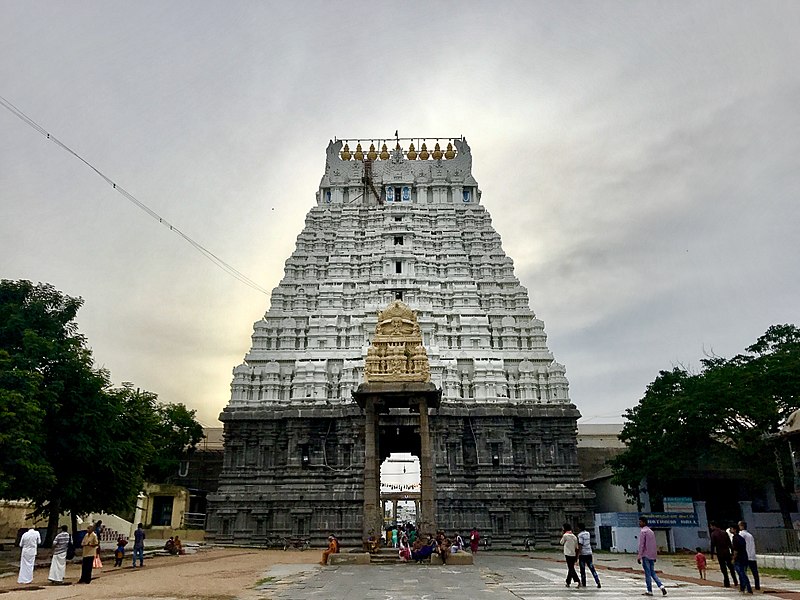
Varadaraja Swamy Temple, majestic and grand, is a remarkable place for Sri Vaishnavism. It is located in Kanchipuram, a temple city in Tamil Nadu. Here, Lord Vishnu is worshiped in the divine form of Varadaraja Perumal, and Goddess Lakshmi is venerated as Perundevi Tayyar.
Also known as Devaraja Swamy Temple, Perarulalan Perumal Temple, Thirukatchi, Kanchi Koil, Attiyuran, or Hastagiri, it is one of the 108 divya deshams. The great 12 Vaishnava poets, known as Azlwars, have sung the song praising the Varadaraja Perumal.
According to the Sri Vaishnava tradition, devotees should first have darshan of Perundevi Thayar, followed by darshan of Varadaraja Swamy.
To reach this 2000-year-old marvelous temple, one needs to climb 24 steps to have darshan of Varadaraja Swamy, located atop of Hastigiri Hill, also known as Athigiri Hill.
Crowds of devotees flock to this temple to touch the silver and golden lizard. This ward off misfortune caused by a lizard falling on someone’s body. Touching this lizard is believed to nullify the ill effects caused by a lizard falling on someone.
Significance of the Varadaraja Temple, Kanchipuram
The Sanskrit word “Varada” means “boons,” “Da” means “giver,” and “Raja” means “king.” Thus, “Varadaraja” translates to “the bestower of boons.” Varadaraja Swamy blesses his devotees with peace, prosperity, excellent knowledge, health, wealth, spiritual upliftment, and overall family well-being.
Beside the tank, you will find Chakratalwar, also known as Sudarshana Alwar, depicted with sixteen hands. This symbolizes the Sudarshana Chakra of Lord Maha Vishnu. Located in the outer prakara of the temple near the Ananta tirtha, devotees offer rituals and prayers to Sudarshana Alwar to seek blessings for removing obstacles in marriage, achieving victory in court cases, and restoring mental peace.
Perundevi Thayar blesses devotees with good progeny and family well-being, and she is also known to cure various ailments.
Why is Athi Varadaraja Swamy Worshiped Only Once in Every 40 Years?
Athi Varadaraja Swamy resides within the Ananta Sarovara and is worshiped by Ananta Shesha. The Deity, crafted from Athi wood, is brought out only once every 40 years during a grand ritual accompanied by the chanting of Vedic hymns. Before this, the water from the tank is drained out.
The Deity is worshiped for one mandala, which is 48 days, and is available for public darshan during this period. Afterward, it is returned to the tank within the temple complex.
Vedic History of Two Lizards in Varadaraja Temple, Kanchipuram
The two lizards located in the northeast corner of the corridor at Varadaraja Temple are believed to be brothers who were cursed by Sage Gautama.
They were the sons of Sage Bhrigu and disciples of Sage Gautama. One day, they unknowingly offered water containing lizards to Sage Gautama. Angered by this act, the sage cursed his two disciples to become lizards.
The disciples were heartbroken, as the mistake was unintentional. They pleaded with Sage Gautama for forgiveness.
After much persuasion, the sage finally agreed to relieve them of the curse and gave them a solution.
He instructed them to go to the Varadaraja Swamy Temple in Kanchipuram and perform penance to Lord Varadaraja.
Accordingly, they undertook severe penance. Pleased with their devotion, Lord Varadaraja granted them salvation.
He declared that those who visit the temple should also touch and worship the two lizards. This act is believed to absolve a person of past sins and cure all illnesses.
Vedic History of Varadaraja Temple, Kanchipuram
Lord Brahma desired obtain the darshan of Lord Vishnu. A divine voice (ashariravani) from the sky told him that he must perform 100 Ashwamedha Yagnas to achieve this.
The same ashariravani then revealed that performing just one Ashwamedha Yagna at Satyavratha Kshetra would be equivalent to performing 100 elsewhere.
To please Lord Vishnu, Brahma performed the yagna at this sacred place.
Pleased by his devotion, Lord Vishnu appeared from the uttara vedi of the yagna kunda and granted Brahma’s wish.
From that moment, Vishnu came to be known as Varadaraja, meaning “the bestower of boons,” because He fulfilled Lord Brahma’s desire.
Architecture of Varadaraja Temple, Kanchipuram
The temple is an architectural marvel, built in the Dravidian style of architecture. This massive structure spans 23 acres of land.
The temple complex comprises three prakaras: Azlwar Prakaram, Madai Palli Prakaram, and Thiru Malai.
The garbha griha, which enshrines Varadaraja Swamy, faces west. There are 32 shrines within the temple complex. Over 19 vimanams have been constructed, showcasing architectural brilliance. The 389 pillared halls, adorned with Yali sculptures, are one of the temple’s notable architectural features. Several sacred tanks are also constructed throughout the temple premises.
There are two gopurams—the eastern and the western. The 130-foot western gopuram is a 7-tiered rajagopuram and serves as the main gateway to the temple.
The eastern gopuram is tallest gopuram. Its intricate carvings and detailed sculptures reflect the exquisite craftsmanship of the ancient Vishwakarma Sthapathis.
The temple has withstood the passage of time and flourished under the patronage of many great empires, including the Pandyas, Cholas, Kakatiyas, Hoysalas, Cheras, and the Vijayanagara dynasty.
Festivals of Varadaraja Temple, Kanchipuram
Vaikasi Brahmotsavam: This festival is celebrated in the Tamil month of Vaikasi (May–June). During this 10-day festival, the Deity of Varadaraja Swamy, along with His consorts Lakshmi Devi and Bhudevi, is carried on a grand 70-foot chariot. A large crowd gathers during this festival, and the number of devotees doubles during the Garuda Vahanam Sevai
Purattasi Navaratri: It is a 9-day-long festival, celebrated in the Tamil month of Purattasi (September–October). Unjal Seva is performed by placing the Deities on a beautifully decorated swing.
Vaikunta Ekadashi: This festival is celebrated with great pomp and devotion. It attracts a large number of pilgrims who come to have darshan of Lord Varadaraja. It usually falls between December and January.
Chitirai Purnima: It is celebrated in the Tamil month of Chitira. This is one of the major festivals of the temple and draws significant attention from devotees.
Ani Utsavam: This festival is also known as Garuda Utsavam. This festival is grandly celebrated in the Tamil month of Ani (June–July) on the day of the Swati Nakshatra. The deity is taken out in procession on the Garuda Vahana. This particular star is significant as it marks the birth star of Periyazhwar.
Athi Varadaraja Festival: The Deity of Athi Varadaraja, made of sacred Athi wood, is usually immersed in the Ananta Tirtha tank. It is brought out and worshiped only once every 40 years. The most recent celebration was in 2019, and the next one is scheduled to take place in 2059.
Timings of Varadaraja Temple, Kanchipuram
The darshan timings of Varadaraja Temple are as follows:
Morning: 6 AM to 11 AM
Evening: 4 PM to 8 PM
Best Time to Visit Varadaraja Temple, Kanchipuram
October to March is the best time to visit Varadaraja Temple. This pleasant and cool climate makes the visit most enchanting.
Additionally, during the Brahmotsavam festival, which takes place in May–June, devotees can experience the divine darshan of Lord Varadaraja Swamy. It is also a wonderful opportunity to enjoy the vibrancy and grandeur of the festival celebrations.
Nearby Places to Visit
Kamakshi Amman Temple: It is dedicated to Kamakshi Amman in Kanchipuram, this temple is one of the 18 Shakti Peethas.
Kumarakottam Murugan Temple: This temple is also known as Subramanya Swamy Temple, this sacred site is dedicated to Subramanya Swamy.
Kanchi Shankara Math: It is also referred to as Sri Kanchi Kamakoti Peetham and Moolamnaya Sarvagnya Peetham. This Math was founded by Sri Adi Shankaracharya in 482 BC.
Sri Ekambarnathar Temple: Also known as Kacchi Ekamban Tirukovil, this temple is dedicated to Lord Shiva. It is one of the Pancha Bhuta Stalas and represents the earth element. Ekambareshwar and Elavarkuzhali are the presiding deities of the temple.
Kailasanathar Temple: It is a masterpiece of the Pallavas, built by Rajasimha Pallava, also known as Narasimha Varma II. Dedicated to Lord Shiva, it is also known as the Rajasimhesvaram Temple.
How to Reach Varadaraja Temple, Kanchipuram
If you plan to visit the Varadaraja Temple and other sacred places, consider taking Tirtha Yatra’s World famed Thondai Nadu Yatra. All arrangements are well taken care of.
If you prefer to travel by yourself, here are a few options.
By Air: Chennai Airport is the nearest airport to this temple. There are many flights to major cities in India. From here, taxis, cabs, or autos can be hired.
By Rail: Kancheepuram Railway Station is the nearest railway station. It is connected to major cities like Chennai, Bangalore, Pondicherry, Mumbai, Kanyakumari, Tirupati, Madurai, and more. From here, taxis, cabs, or autos can be hired.
By Road: This temple is well connected by road. You can hire a taxi, cab, or auto to reach the temple. There are frequent bus services from major cities.
0
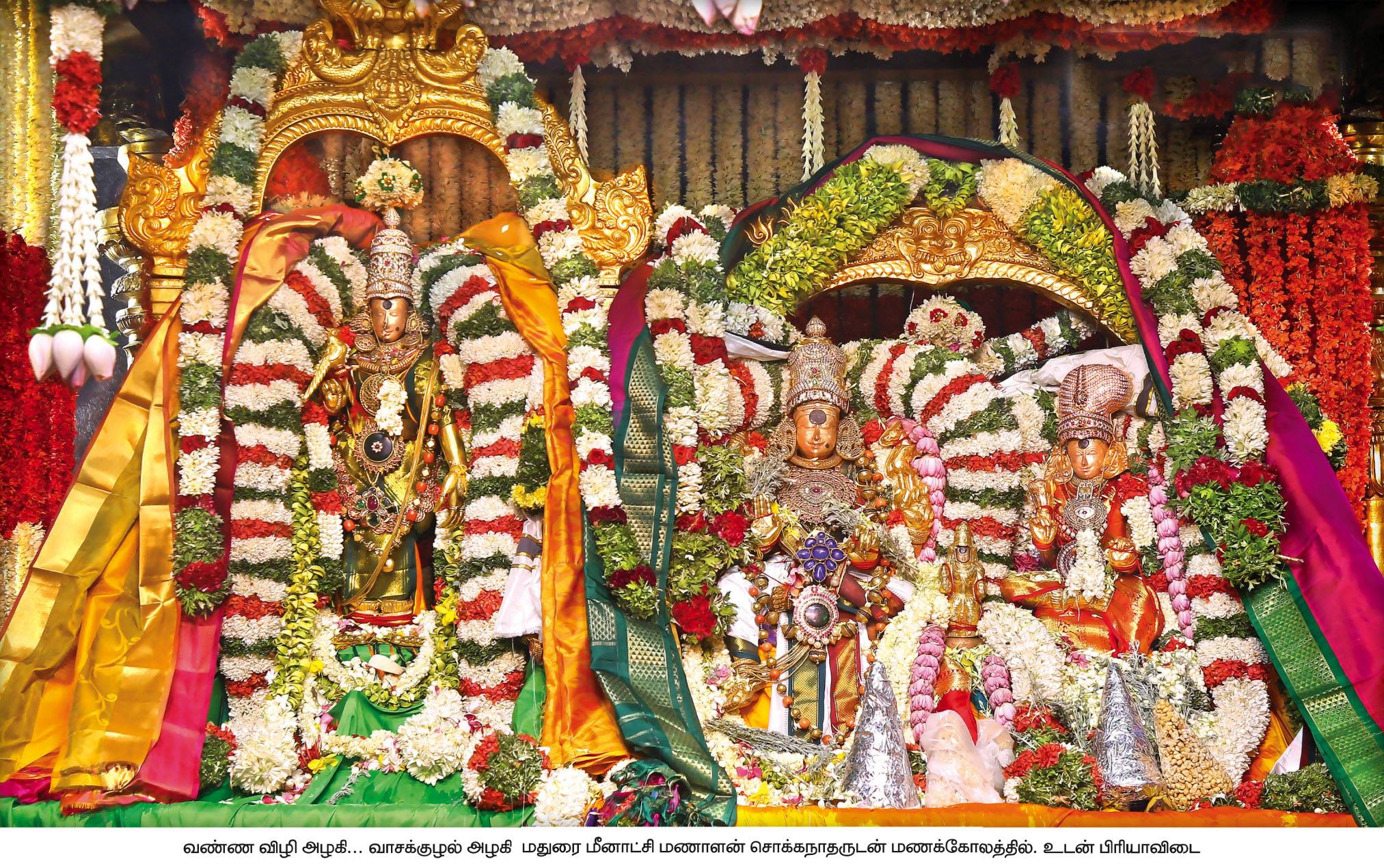
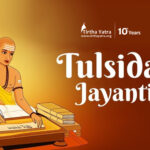
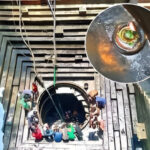
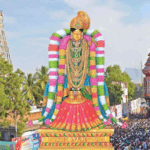


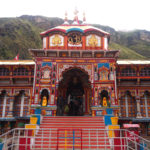
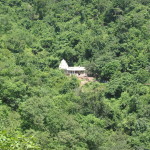
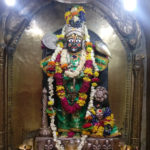
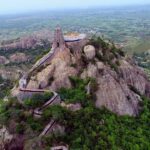
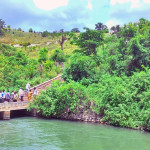
Leave a Reply